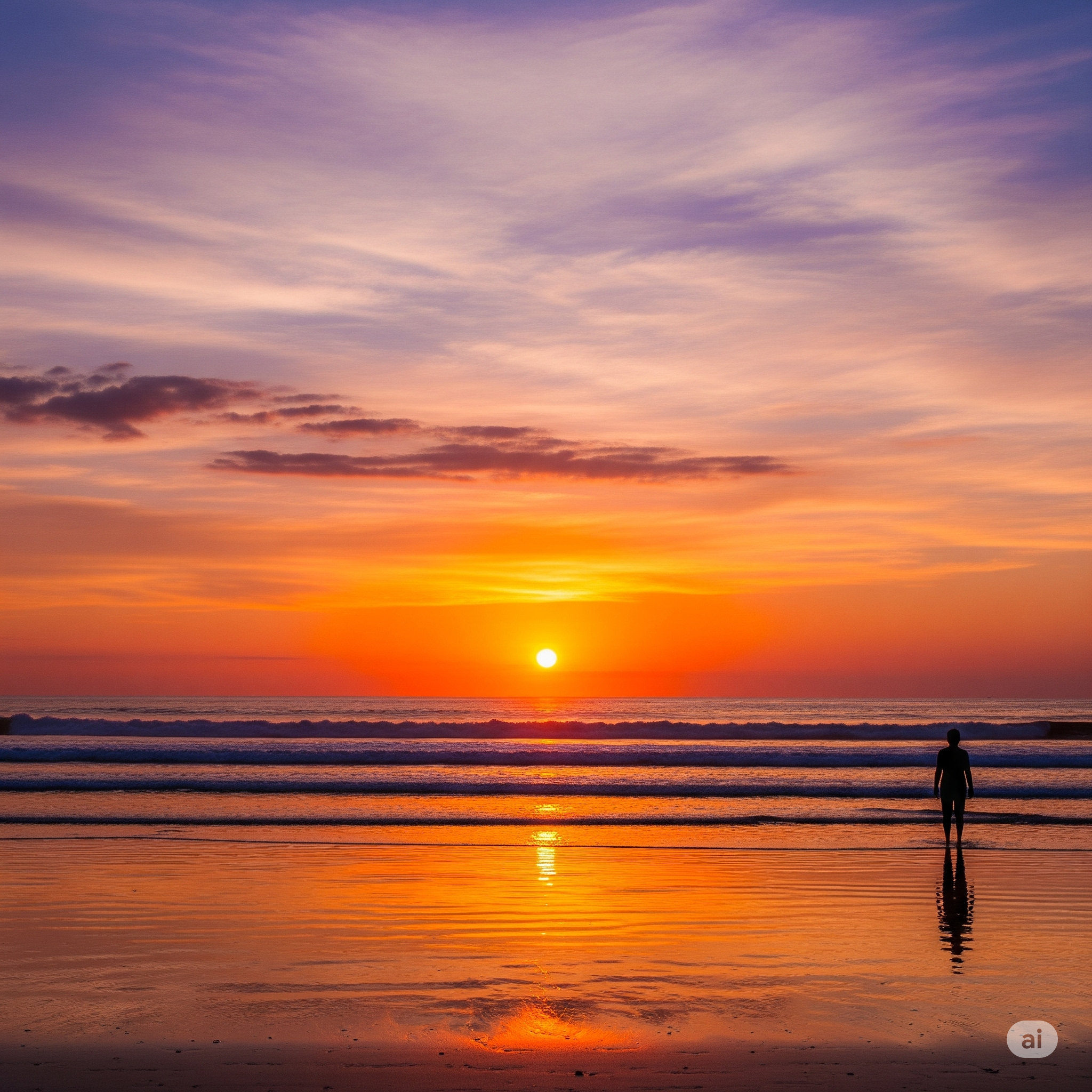What is Golden Hour in Photography?
Learn all about Golden Hour known in Photography below.


What is Golden Hour in Photography?
The Golden Hour in photography refers to the period shortly after sunrise or before sunset, when the sunlight is warmer, softer, and more diffused than during the harsh midday sun. This magical time, also sometimes called the “magic hour,” is highly coveted by photographers for its ability to create stunning and evocative images.
Why is Golden Hour Special?
- Warm, Soft Light: During the Golden Hour, the sun is at a low angle on the horizon. This causes the sunlight to pass through more of the Earth’s atmosphere, scattering shorter blue wavelengths and allowing longer, warmer wavelengths (reds, oranges, and yellows) to dominate. This results in a warm, golden hue that bathes the landscape in a soft, flattering light.
- Long Shadows: The low angle of the sun creates long, dramatic shadows that add depth and dimension to the scene. These shadows can be used creatively to highlight textures, shapes, and forms.
- Reduced Contrast: The softer light during the Golden Hour reduces the contrast between light and shadow, making it easier to capture details in both the highlights and shadows. This results in more evenly exposed and balanced images.
- Dreamy Atmosphere: The warm, diffused light creates a dreamy and ethereal atmosphere, making it ideal for capturing romantic and evocative images.
Tips for Capturing the Golden Hour:
- Plan Ahead: The Golden Hour is a short window of time, so it’s important to plan your shoot in advance. Use a sun calculator or a photography app to determine the exact times of sunrise and sunset for your location.
- Scout Locations: Scout potential locations beforehand to determine the best vantage points and consider how the light will fall on the scene during the Golden Hour.
- Use a Polarizing Filter: A polarizing filter can help to reduce glare and enhance the color saturation of your images during the Golden Hour.
- Experiment with Composition: Use the long shadows and warm light to create interesting compositions, such as leading lines, silhouettes, and dramatic backlighting.
- Capture the Mood: Pay attention to the overall mood and atmosphere of the scene and use your camera settings to capture that feeling.
Beyond Landscape Photography:
While the Golden Hour is particularly popular for landscape photography, it can also be used effectively for portraiture, street photography, and other genres. The soft, flattering light can be used to enhance skin tones and create a more intimate and flattering look in portraits.
The Golden Hour is a precious time for photographers, offering a unique opportunity to capture stunning and evocative images. By understanding the characteristics of this special light and planning your shoots accordingly, you can create photographs that are truly magical.



